Home>Kitchen & Cooking>Kitchen Gadgets & Utensils>What Is The Safest Tea Kettle To Use
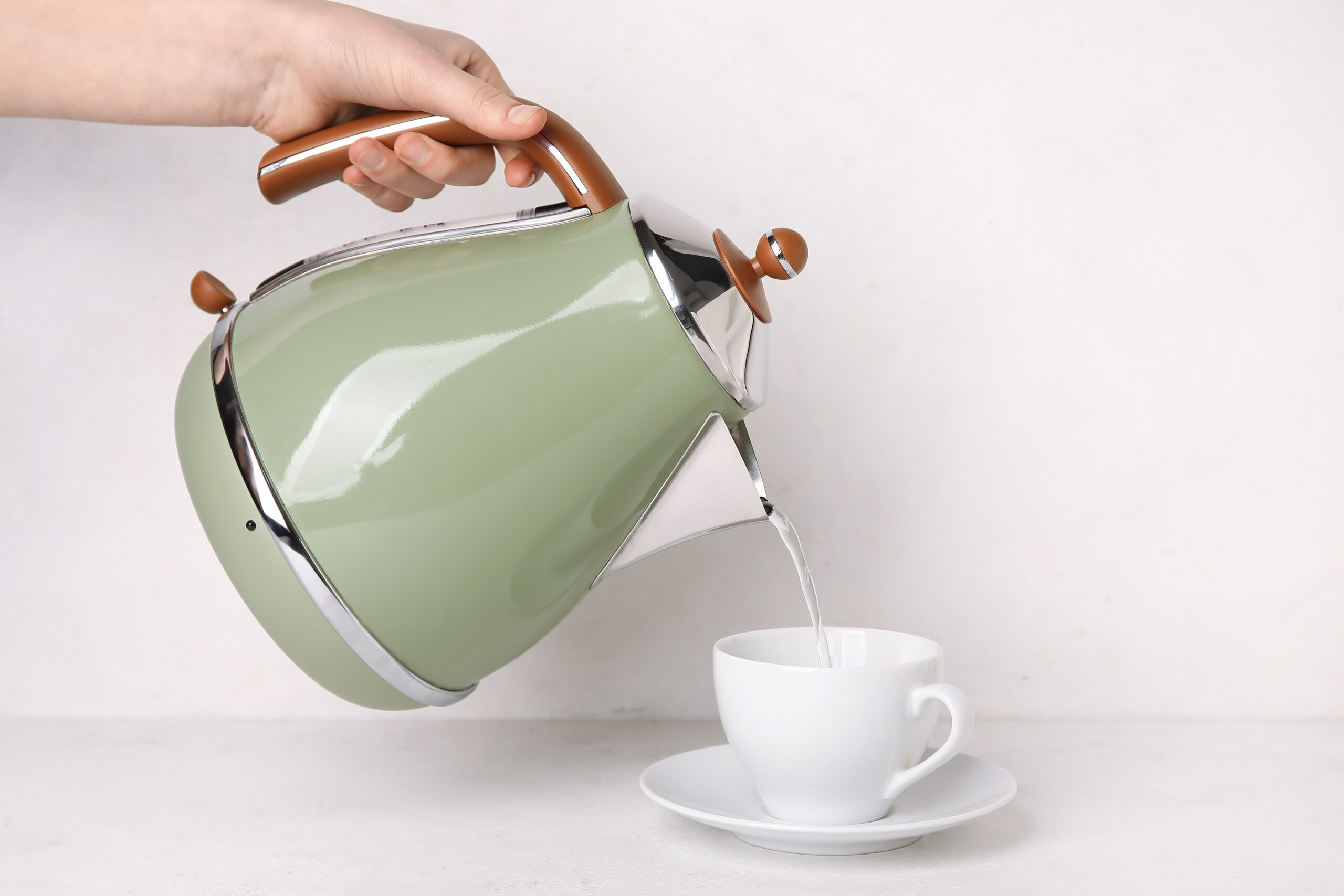

Kitchen Gadgets & Utensils
What Is The Safest Tea Kettle To Use
Modified: August 17, 2024
Discover the safest tea kettle for your kitchen with our comprehensive guide. Explore top-rated kitchen gadgets and utensils for a worry-free brewing experience.
(Many of the links in this article redirect to a specific reviewed product. Your purchase of these products through affiliate links helps to generate commission for Storables.com, at no extra cost. Learn more)
Introduction
When it comes to brewing the perfect cup of tea, the choice of tea kettle plays a crucial role. A tea kettle is not merely a functional kitchen tool; it can also be a stylish addition to your kitchen decor. However, the primary consideration when selecting a tea kettle should always be safety. With various types of tea kettles available on the market, each constructed from different materials and featuring unique designs, it's essential to understand the safety aspects associated with them.
In this comprehensive guide, we will delve into the world of tea kettles, exploring the different types available, the materials used in their construction, and the safety considerations to keep in mind. We will also identify the safest tea kettle to use, ensuring that you can enjoy your favorite brew with peace of mind. So, let's embark on this journey to discover the perfect tea kettle that combines both safety and style.
Key Takeaways:
- Choose an electric kettle with safety features, stainless steel, or glass construction for the safest tea-making experience. Prioritize ergonomic design, quality materials, and whistle indicators for worry-free brewing.
- Prioritize safety when selecting a tea kettle by considering features like automatic shut-off, ergonomic handles, and high-quality, food-grade materials. Stainless steel and glass kettles are often regarded as safe choices for brewing pure and contaminant-free tea.
Read more: How To Use A Whistling Tea Kettle
Types of Tea Kettles
Tea kettles come in various types, each offering unique features and benefits. Understanding the differences between these types can help you make an informed decision when selecting the best tea kettle for your needs.
- Stovetop Kettles: These traditional kettles are designed to be used on a stovetop, whether it’s gas, electric, or induction. They are typically made from durable materials such as stainless steel, copper, or cast iron. Stovetop kettles often feature a whistle that alerts you when the water has reached boiling point, making them both practical and nostalgic.
- Electric Kettles: Electric kettles are designed to be used independently of a stovetop. They are equipped with a heating element that quickly boils water, offering convenience and efficiency. Many electric kettles also feature automatic shut-off functions and temperature control settings, catering to various tea brewing requirements.
- Whistling Kettles: As the name suggests, whistling kettles emit a distinctive sound when the water reaches boiling point. This classic feature adds a touch of charm to the tea-making process and serves as a convenient indicator for when your water is ready.
- Ceramic Kettles: Ceramic kettles are revered for their elegant designs and heat retention properties. They are often used for brewing and serving tea, adding a touch of sophistication to the tea-drinking experience.
- Glass Kettles: Glass kettles provide a visually appealing way to monitor the water as it heats. The transparency of glass allows you to witness the mesmerizing process of water reaching its boiling point, adding an element of theater to your tea preparation.
Each type of tea kettle offers its own set of advantages, catering to different preferences and requirements. Whether you prioritize tradition, convenience, aesthetics, or functionality, there’s a tea kettle type that’s perfect for you.
Materials Used in Tea Kettles
The materials used in the construction of tea kettles play a significant role in their performance, durability, and safety. Understanding the properties of different materials can help you choose a kettle that not only meets your aesthetic preferences but also aligns with your safety concerns.
- Stainless Steel: Stainless steel tea kettles are popular for their durability, resistance to rust and corrosion, and ease of maintenance. They are also known for their neutral reaction to boiling water, making them a safe and reliable choice for tea enthusiasts.
- Copper: Copper kettles conduct heat efficiently, ensuring rapid boiling. However, they require regular maintenance to prevent tarnishing and the potential release of copper compounds into the water, which can be harmful in large quantities.
- Cast Iron: Cast iron kettles are renowned for their heat retention properties. They distribute heat evenly, making them ideal for brewing various types of tea. However, they require seasoning and diligent care to prevent rusting.
- Aluminum: Aluminum kettles are lightweight and conduct heat effectively. However, concerns have been raised about the potential health risks associated with aluminum leaching into the water, especially when boiling acidic liquids such as certain types of tea.
- Ceramic: Ceramic kettles are prized for their elegant designs and heat retention properties. They are generally safe for boiling water, but it’s essential to ensure that the glazes used are free from lead or other harmful substances.
- Glass: Glass kettles offer a visually appealing way to boil water and are free from any potential chemical reactions with the water. However, they require careful handling to prevent breakage.
When choosing a tea kettle based on its material, it’s crucial to consider factors such as heat conductivity, maintenance requirements, and any potential health concerns associated with certain materials. By understanding the characteristics of each material, you can make an informed decision that prioritizes both safety and functionality.
Look for tea kettles made of stainless steel or glass, as they are the safest materials for boiling water. Avoid kettles with plastic components, as they can leach harmful chemicals into your water.
Safety Considerations
When it comes to selecting a tea kettle, safety should be a top priority. Considering the potential hazards associated with boiling water and the materials used in kettle construction, it’s essential to take certain safety considerations into account.
Handle Design: The handle of a tea kettle should be ergonomically designed to provide a secure grip and prevent accidental burns or spills. Heat-resistant materials and comfortable handles contribute to safe and effortless pouring.
Whistle or Boil Indicator: A whistle or boil indicator on the kettle serves as a safety feature by alerting users when the water has reached boiling point. This not only prevents over-boiling but also reduces the risk of forgetting about the boiling kettle, which can lead to potential hazards.
Automatic Shut-Off: Many modern electric kettles are equipped with automatic shut-off functions, which turn off the heating element once the water reaches the desired temperature. This feature prevents the kettle from boiling dry and minimizes the risk of accidents.
Material Safety: The material used in the construction of the tea kettle is crucial for ensuring safety. It’s essential to choose materials that are free from harmful chemicals and do not leach potentially hazardous substances into the boiling water. Additionally, the material should be resistant to corrosion and easy to clean to maintain a safe brewing environment.
Stovetop Compatibility: For stovetop kettles, it’s important to ensure that the kettle is compatible with your specific stovetop type, whether it’s gas, electric, or induction. Using an incompatible kettle can lead to safety hazards and inefficient heating.
Easy Maintenance: Regular maintenance and cleaning of the tea kettle are essential for preventing the buildup of limescale, mineral deposits, or impurities that can affect the safety and taste of the brewed tea. Choosing a kettle that is easy to disassemble and clean can contribute to a safer and more enjoyable tea-making experience.
By carefully considering these safety aspects, you can select a tea kettle that not only meets your brewing needs but also prioritizes the well-being of you and your household. Now, let’s explore the safest tea kettle to use, combining all these safety considerations with optimal functionality.
The Safest Tea Kettle to Use
After considering the various types of tea kettles, the materials used in their construction, and the essential safety considerations, you may wonder which tea kettle stands out as the safest option. While individual preferences and requirements play a significant role in choosing the right kettle, certain features and designs contribute to the overall safety of the kettle.
Electric Kettles with Safety Features: Electric kettles, equipped with automatic shut-off functions, boil-dry protection, and precise temperature control, are often considered among the safest options. These features minimize the risk of accidents and ensure efficient, worry-free boiling.
Stainless Steel and Glass Kettles: Kettles constructed from stainless steel and glass are widely regarded as safe choices due to their neutral reaction to boiling water and resistance to chemical leaching. Stainless steel kettles offer durability and ease of maintenance, while glass kettles provide a visually captivating and chemically inert option for boiling water.
Ergonomic Design and Secure Handles: Opt for a kettle with an ergonomic handle that remains cool to the touch and provides a secure grip. This design feature minimizes the risk of accidental burns or spills, enhancing the overall safety of the kettle.
Quality Materials and Construction: Look for tea kettles made from high-quality, food-grade materials that are free from harmful substances and easy to clean. Choosing a kettle constructed with safety in mind ensures that you can brew your favorite tea without compromising your well-being.
Whistle or Boil Indicator: A whistle or boil indicator adds a layer of safety by alerting you when the water has reached boiling point, preventing over-boiling and potential hazards associated with unattended boiling kettles.
While there isn’t a one-size-fits-all answer to the safest tea kettle, considering these features and design elements can guide you toward a kettle that prioritizes safety without sacrificing functionality or style. Ultimately, the safest tea kettle is one that aligns with your personal preferences, brewing habits, and safety requirements, allowing you to enjoy your favorite tea with peace of mind.
Read more: How To Make Tea With A Tea Kettle
Conclusion
Choosing the safest tea kettle involves a careful consideration of various factors, including the type of kettle, the materials used in its construction, and the safety features it offers. By understanding the nuances of different tea kettles and prioritizing safety considerations, you can select a kettle that not only enhances your tea-making experience but also ensures a secure and worry-free brewing process.
Whether you opt for a stovetop kettle that evokes a sense of tradition, an electric kettle designed for convenience, or a stylish glass kettle that adds a touch of elegance to your kitchen, safety should always remain a top priority. The handle design, presence of safety features such as automatic shut-off and boil indicators, and the choice of materials all contribute to the overall safety of the tea kettle.
When it comes to materials, stainless steel and glass are often favored for their safety, durability, and ease of maintenance. These materials offer neutral reactions to boiling water and are resistant to chemical leaching, ensuring that your brewed tea remains pure and free from potential contaminants.
Ultimately, the safest tea kettle is one that aligns with your personal preferences, brewing habits, and safety requirements. By considering the features and design elements that contribute to a safe and efficient brewing process, you can enjoy your favorite tea with confidence, knowing that your chosen tea kettle prioritizes both your well-being and the quality of your brew.
So, whether you’re savoring a soothing cup of chamomile tea before bedtime or indulging in a vibrant matcha latte to kick-start your day, the right tea kettle, chosen with safety in mind, can elevate your tea-drinking experience to new heights.
Frequently Asked Questions about What Is The Safest Tea Kettle To Use
Was this page helpful?
At Storables.com, we guarantee accurate and reliable information. Our content, validated by Expert Board Contributors, is crafted following stringent Editorial Policies. We're committed to providing you with well-researched, expert-backed insights for all your informational needs.
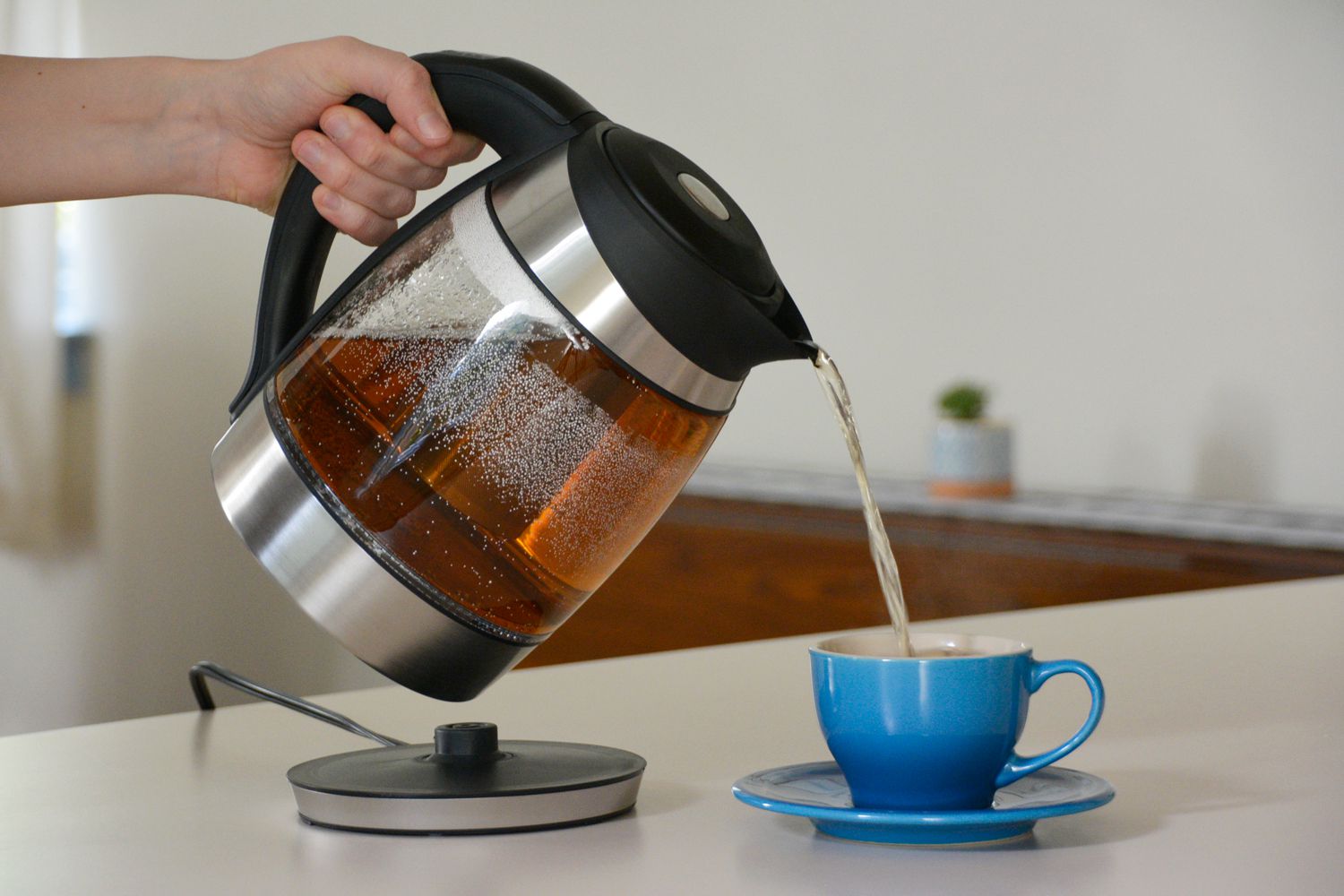
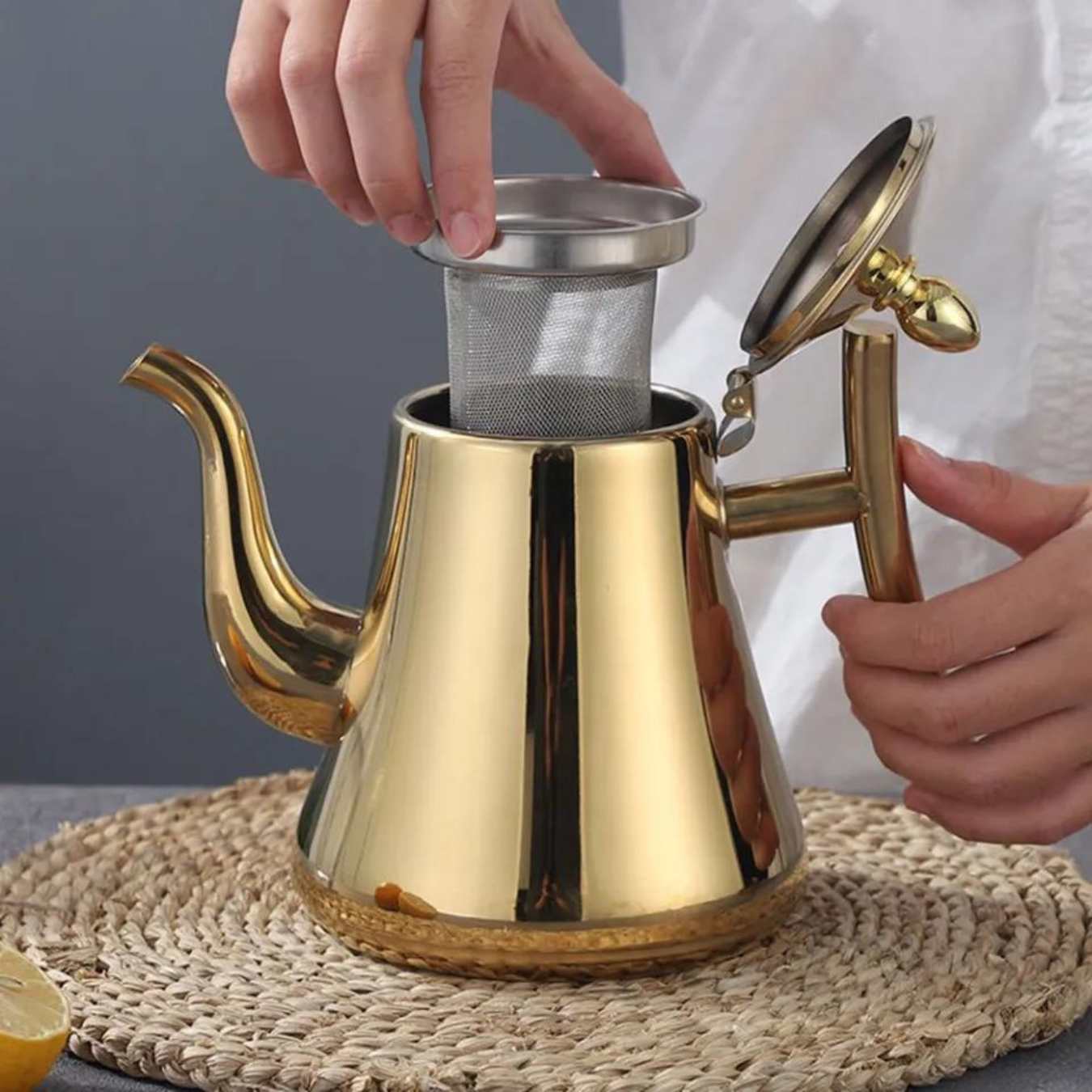
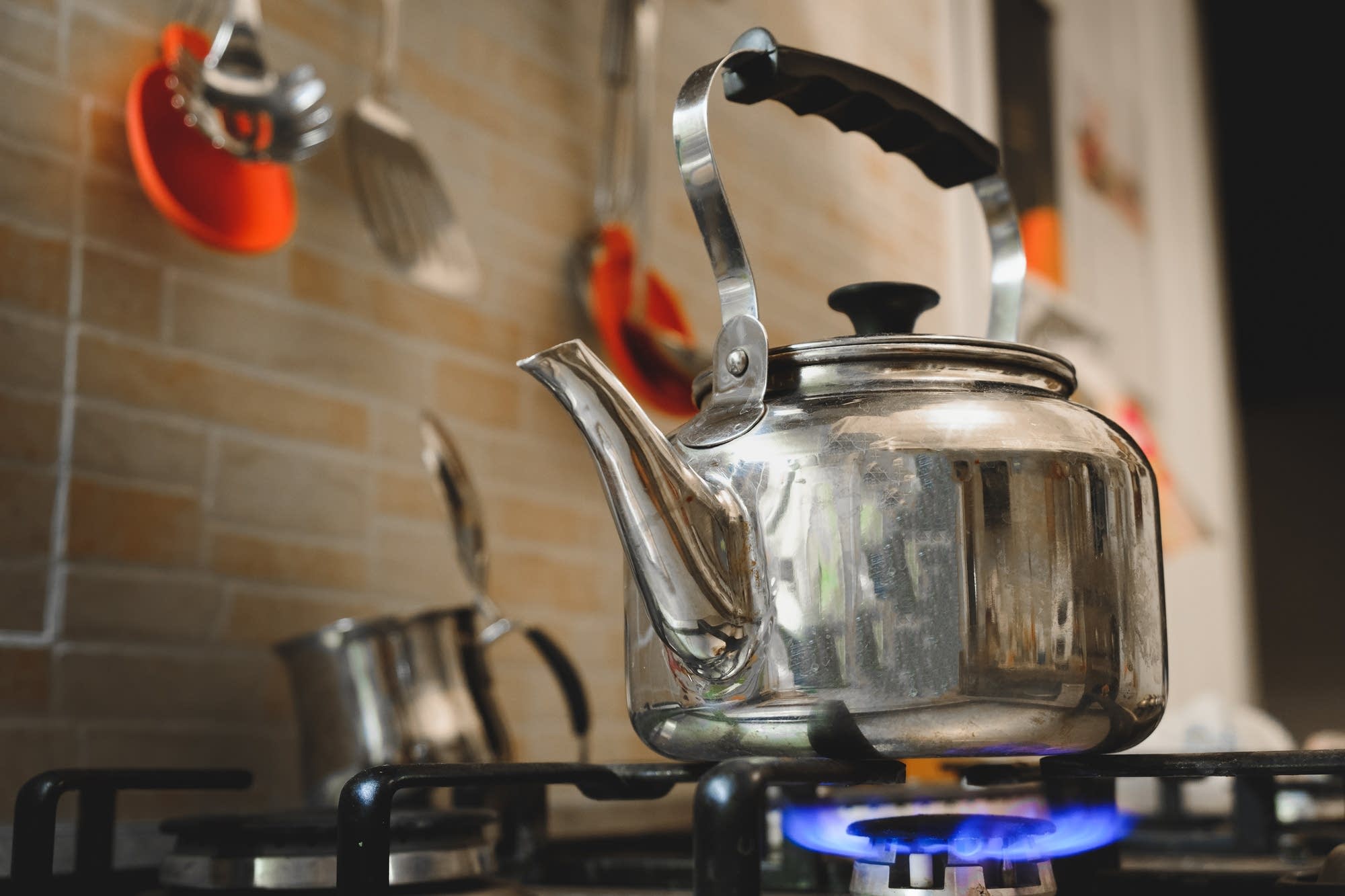
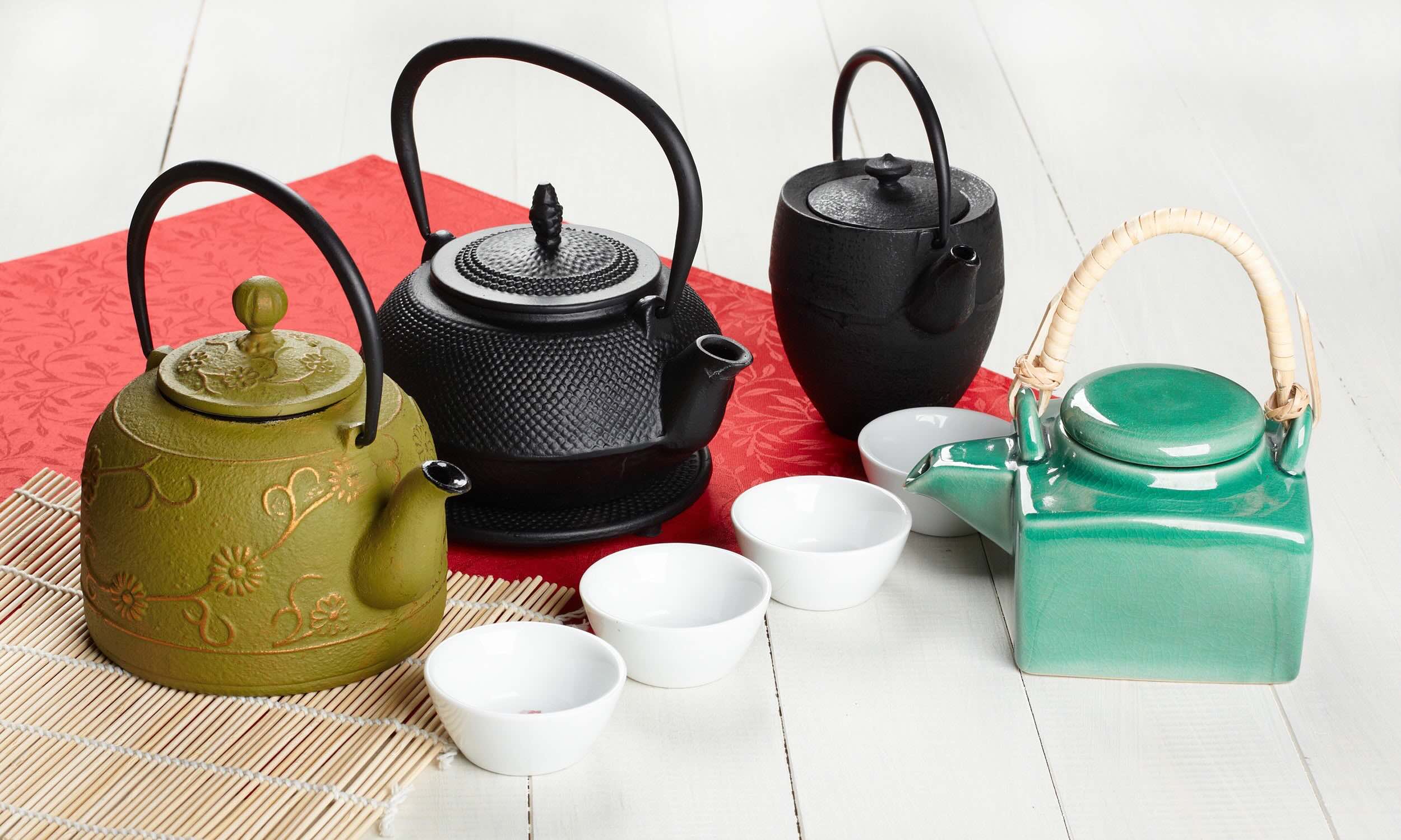
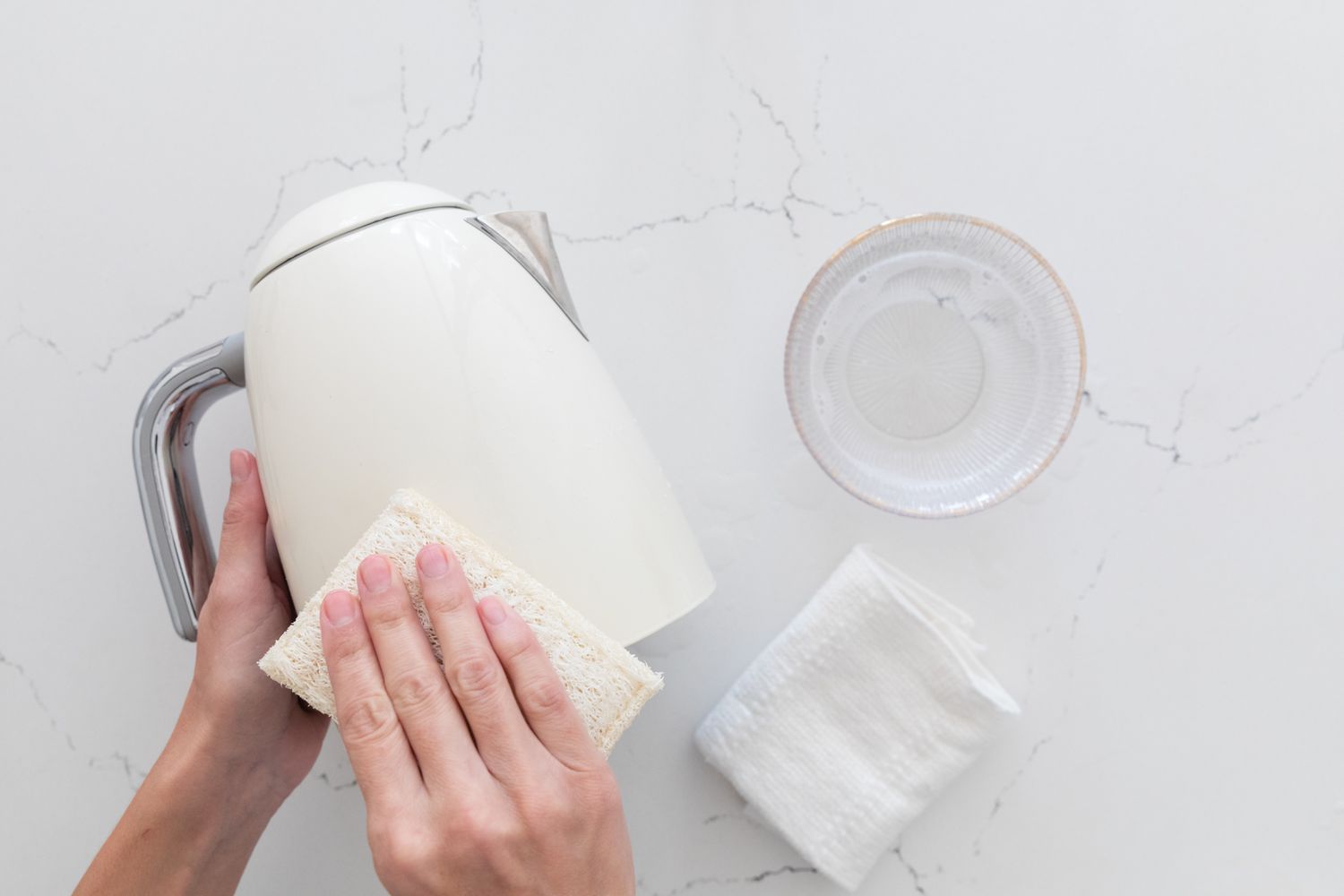
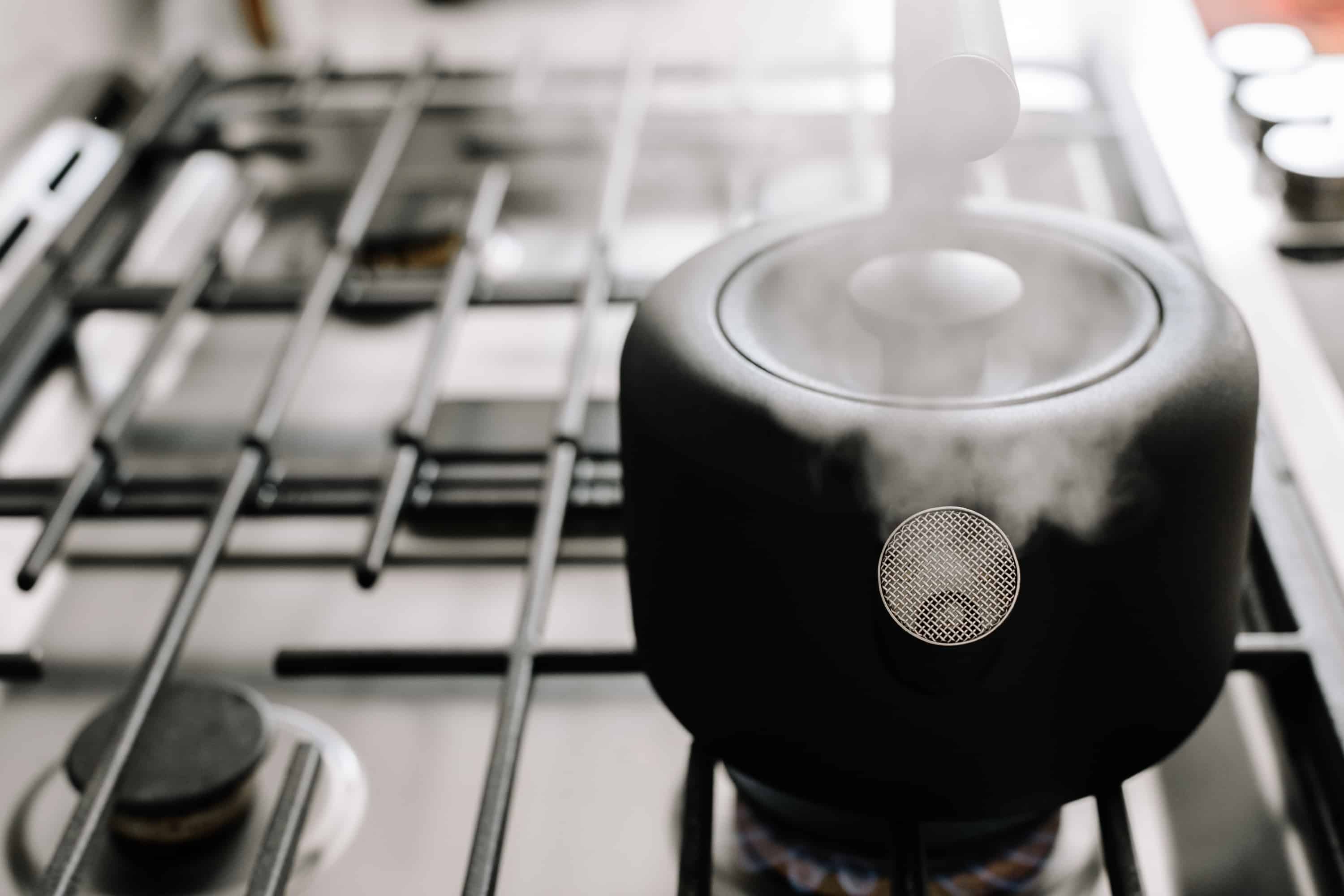
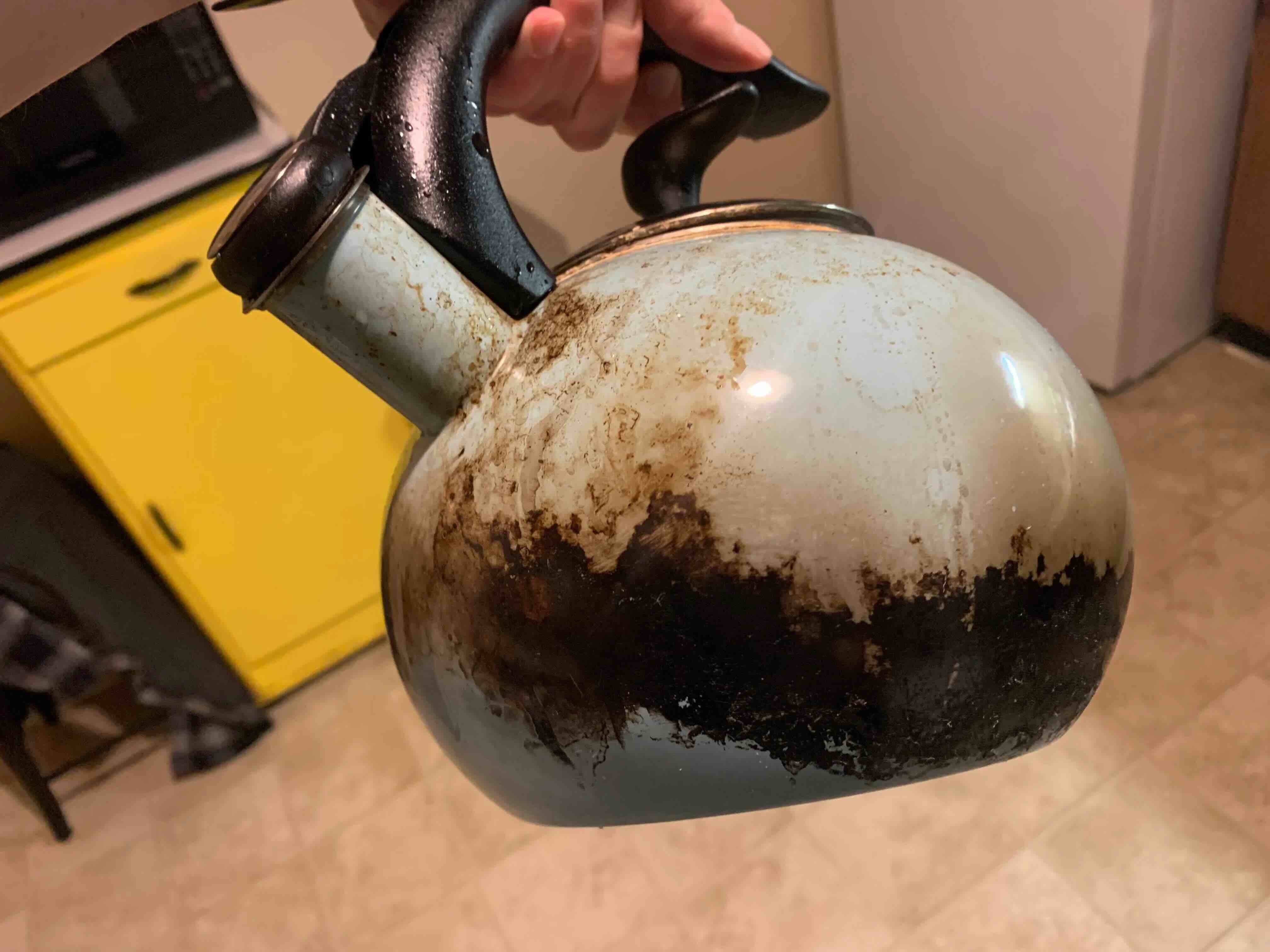
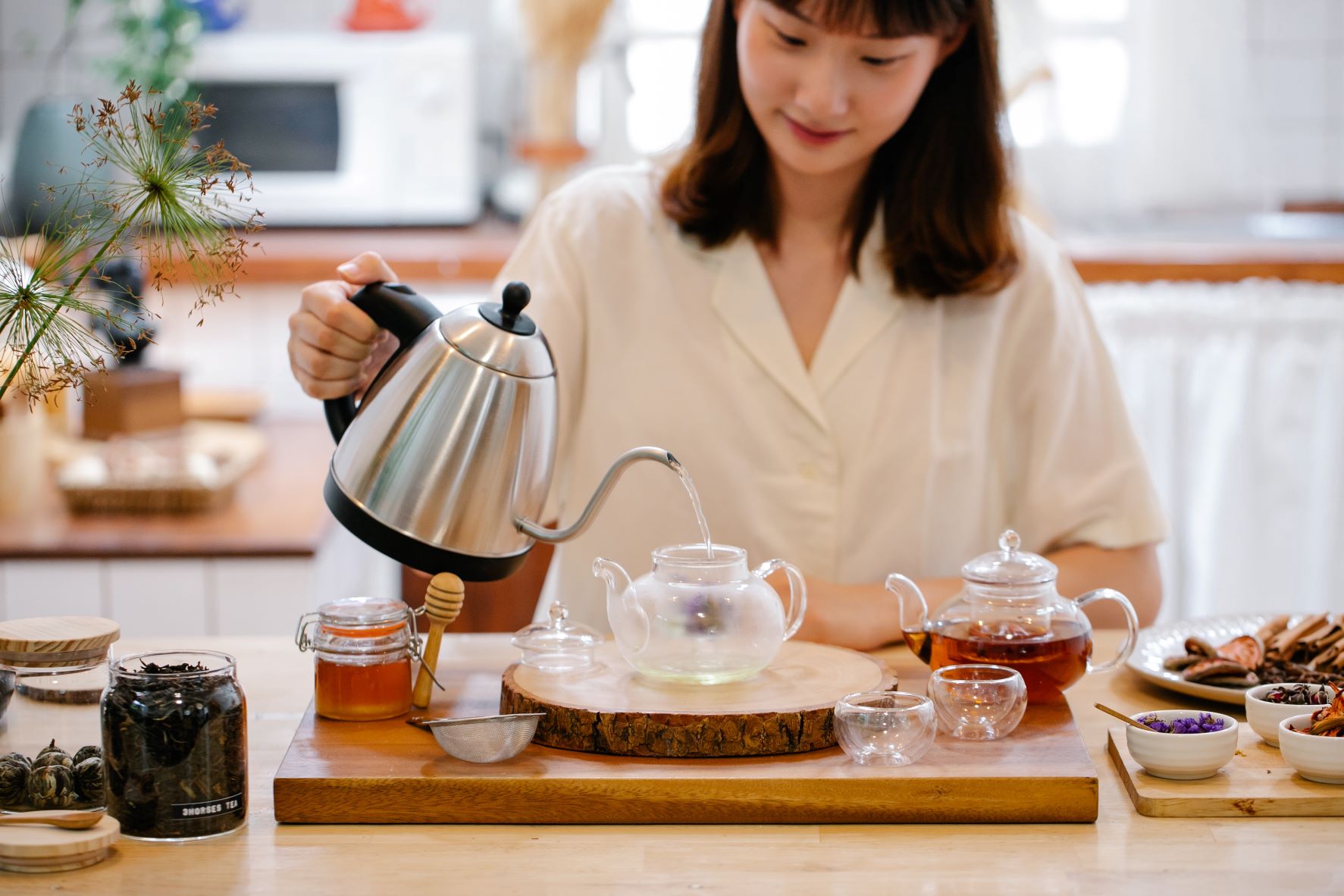
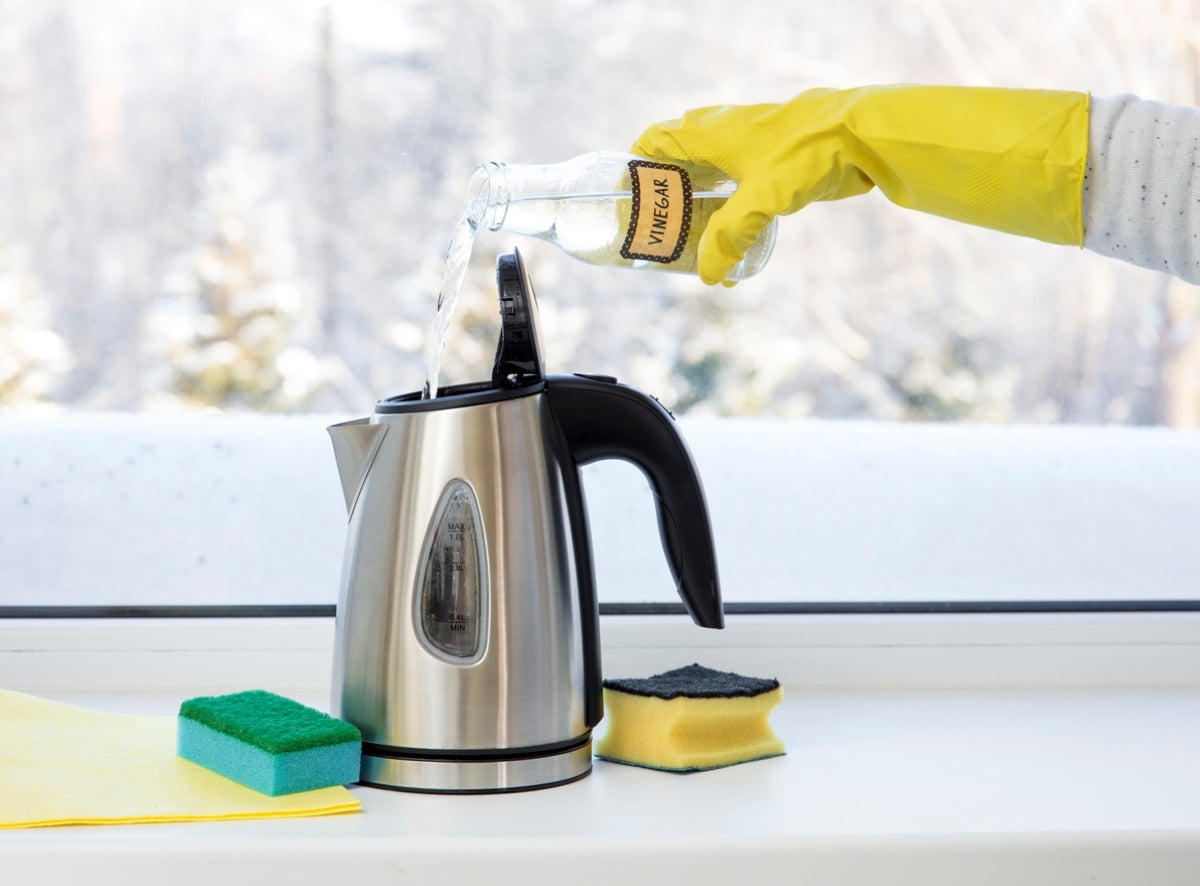
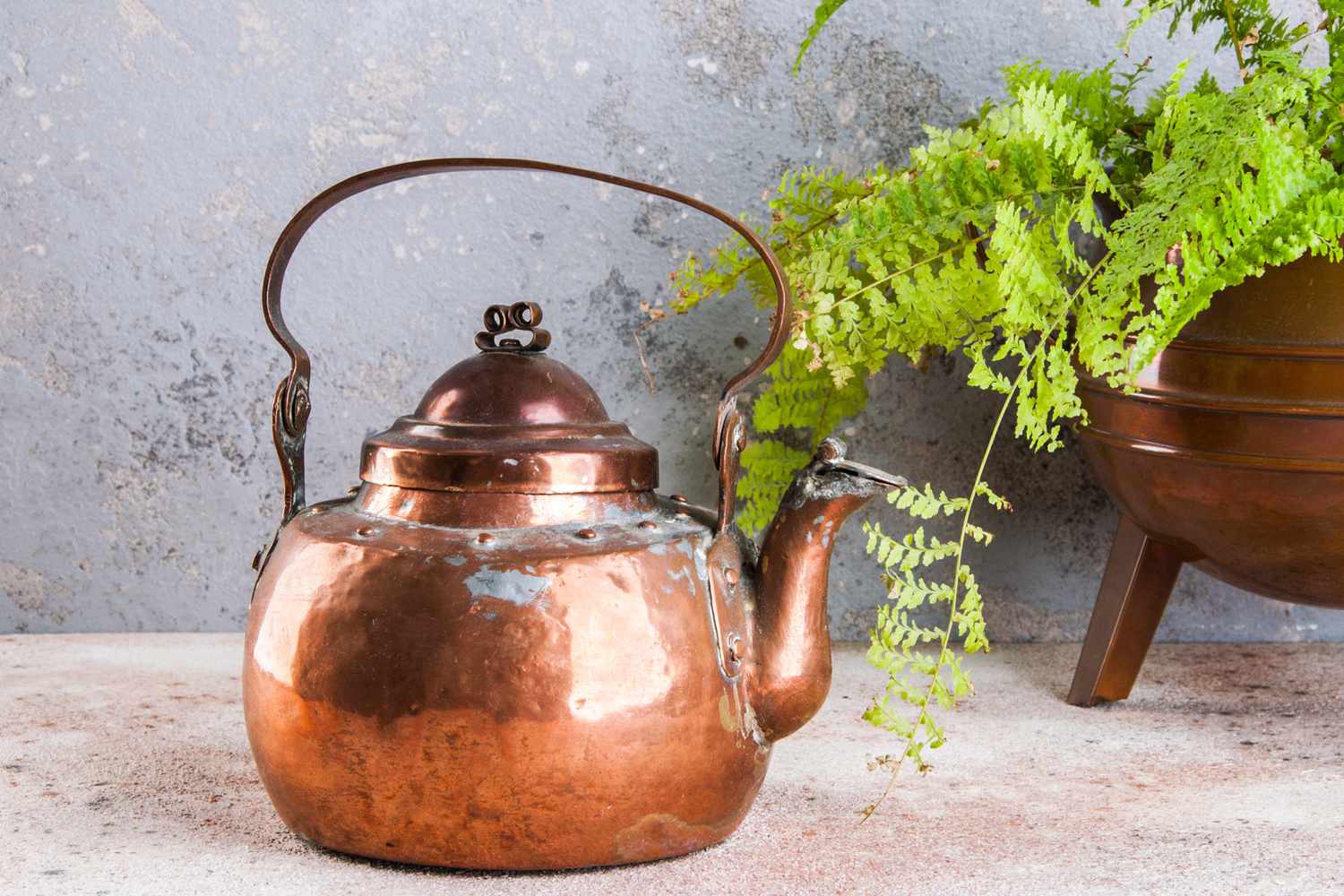
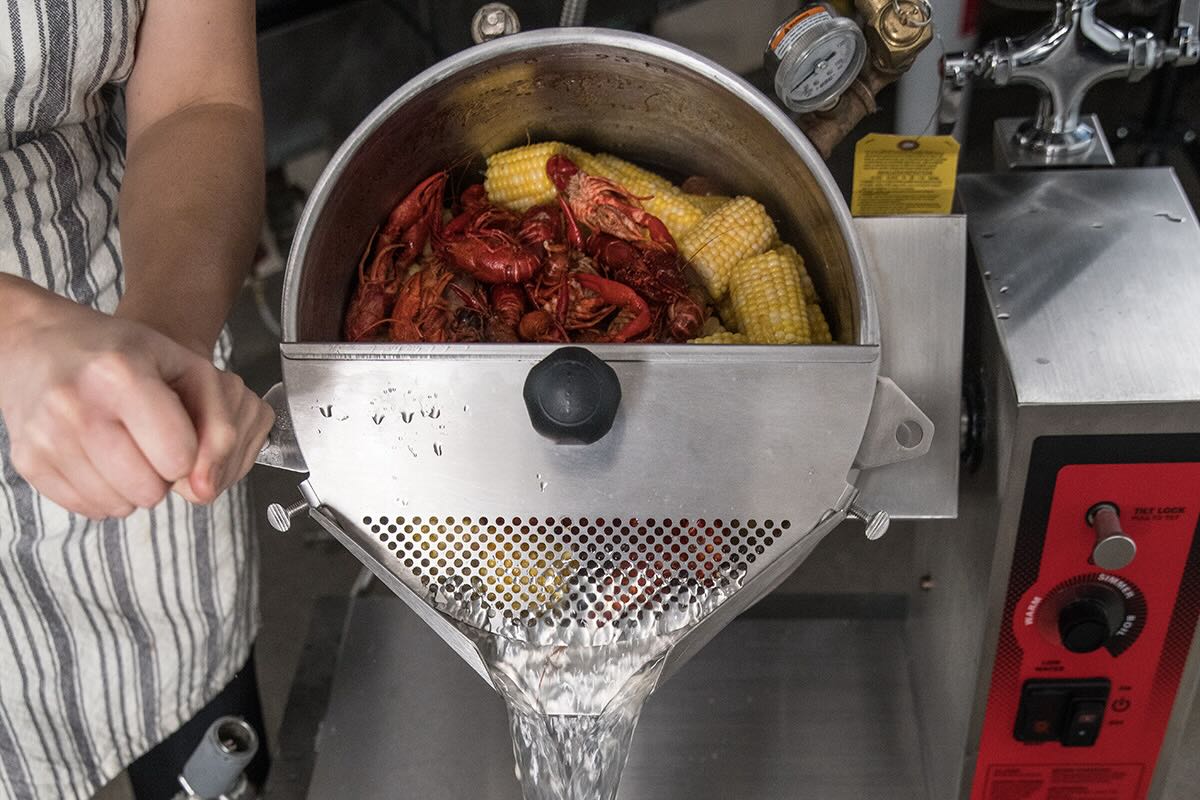
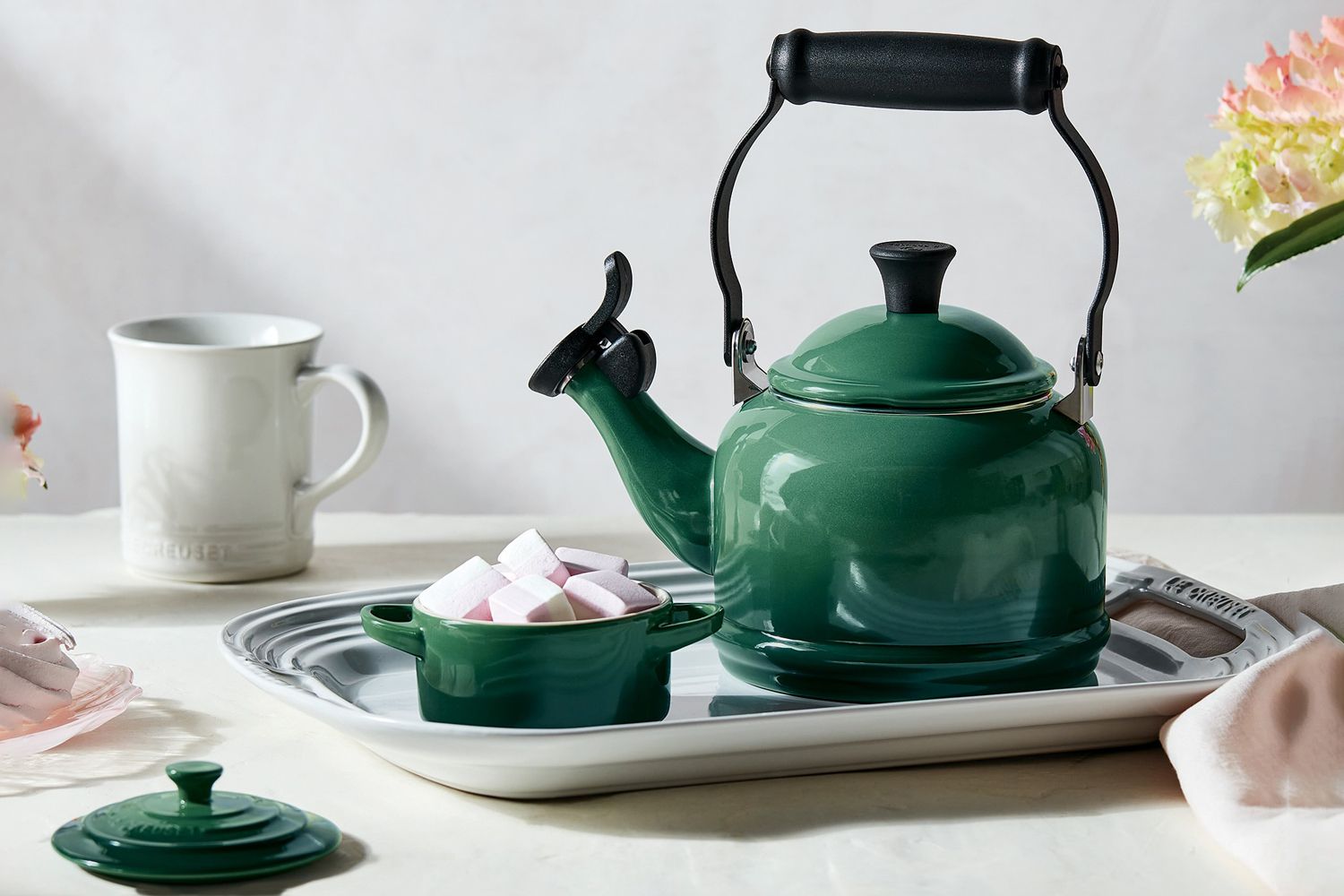
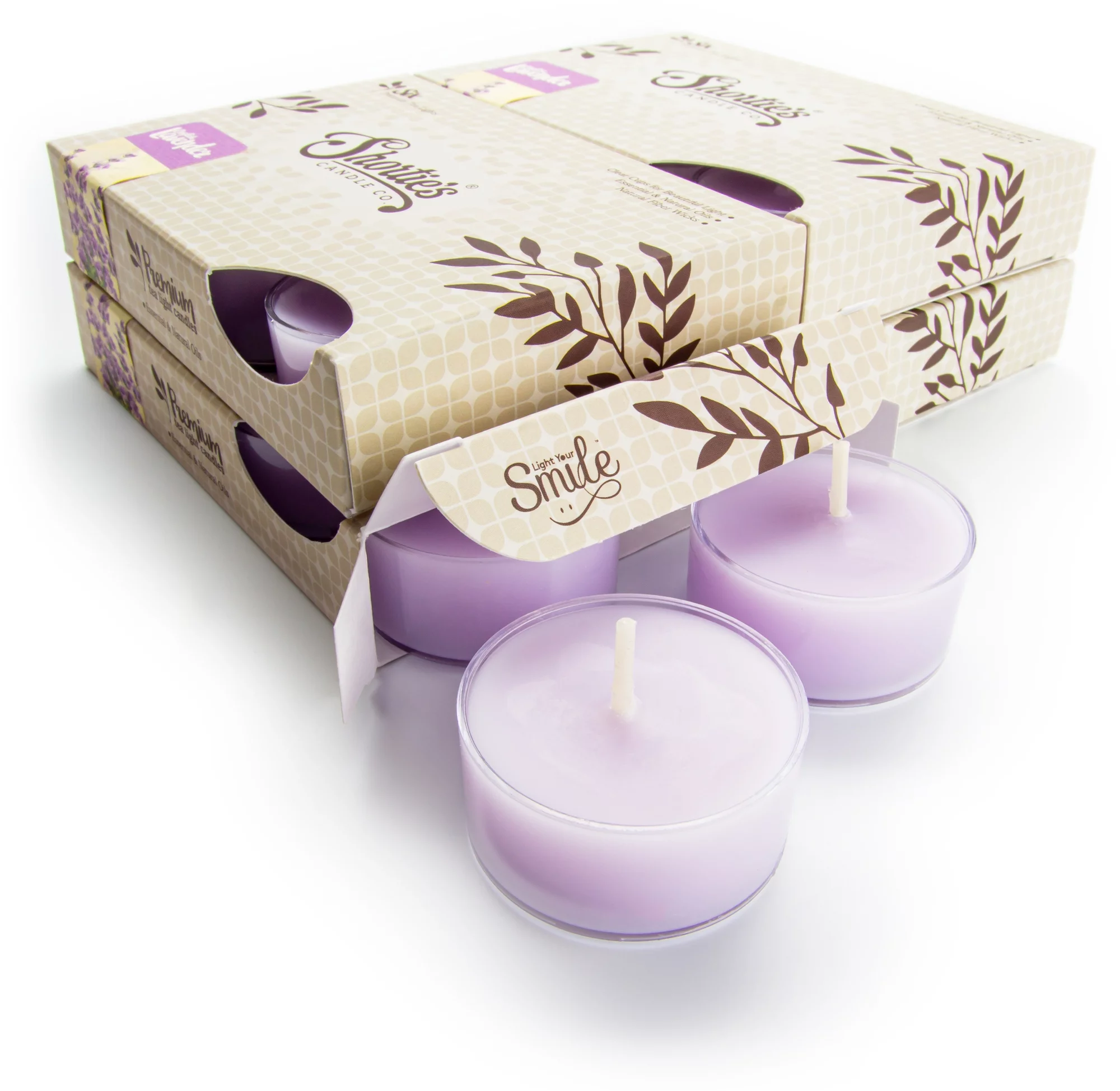
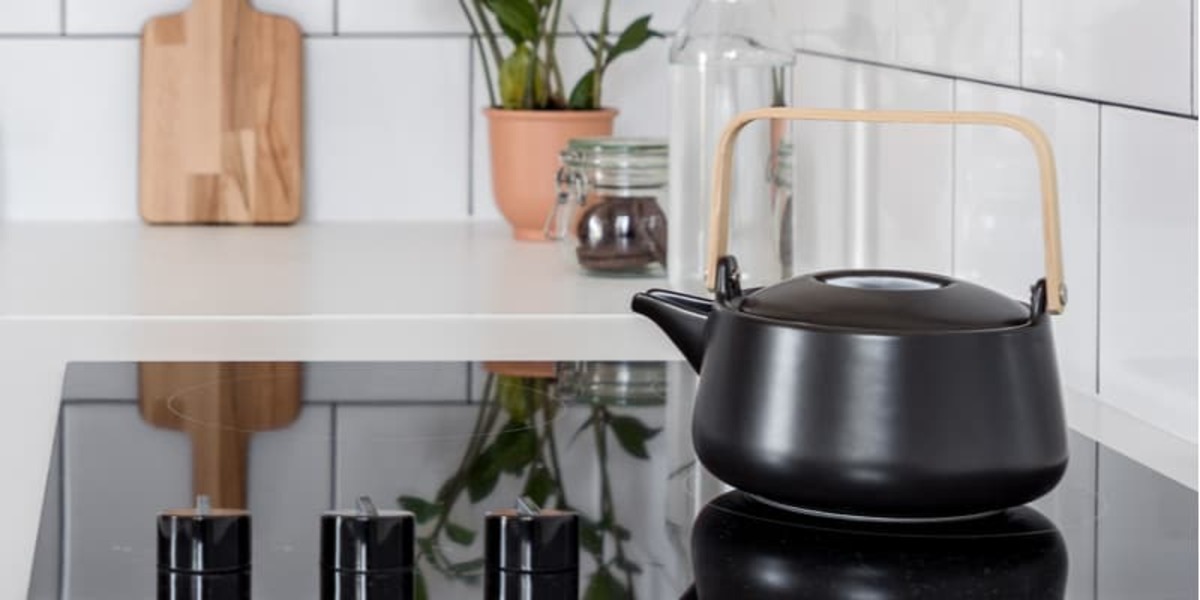

0 thoughts on “What Is The Safest Tea Kettle To Use”